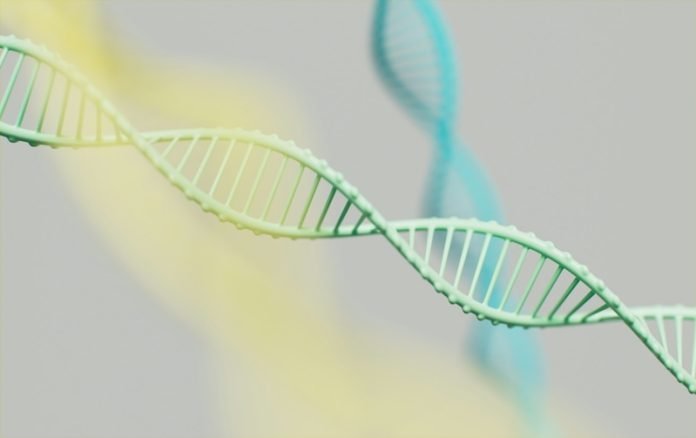
Researchers from the University of Hawaiʻi at Mānoa have made an exciting breakthrough in the study of the origins of life by creating an essential molecule for life’s metabolism under conditions that mimic deep space.
This achievement, detailed in the journal Science Advances, sheds light on how life’s building blocks could form in the cold, icy realms of the cosmos.
The team, led by Professor Ralf I. Kaiser of the UH Mānoa Department of Chemistry, with postdoctoral fellows Jia Wang and Joshua H. Marks, and in collaboration with computational chemist Professor Ryan C. Fortenberry from the University of Mississippi, focused on glyceric acid.
Glyceric acid is a simple sugar acid involved in glycolysis, a vital process where the food we consume is broken down into energy usable by our bodies.
To simulate the icy, carbon dioxide-rich environments of outer space, the researchers conducted experiments on ice-coated nanoparticles at the W. M. Keck Research Laboratory in Astrochemistry at UH Mānoa.
These conditions resemble those found in molecular clouds and regions where stars are born. By exposing these ices to proxies of Galactic Cosmic Rays and analyzing the results with photoionization lasers, they successfully formed and detected racemic glyceric acid in the gas phase.
This discovery is significant because it provides a plausible pathway for the formation of life’s essential molecules in the vastness of space, potentially before their delivery to planets like Earth via comets or meteorites.
The ability to form glyceric acid in such cold environments suggests that the seeds of life could indeed originate in space, lending weight to theories that life on Earth may have extraterrestrial beginnings.
The researchers are now looking forward to the possibility of detecting these molecules in space with powerful telescopes like ALMA, which would further confirm the presence of life’s building blocks beyond our planet.
This study not only bridges the gap between the chemistry of life and the chemistry of the cosmos but also showcases the synergy between experimental and computational science in unlocking the secrets of the universe and the origins of life itself.
The research findings can be found in Science Advances.
Copyright © 2024 Knowridge Science Report. All rights reserved.



